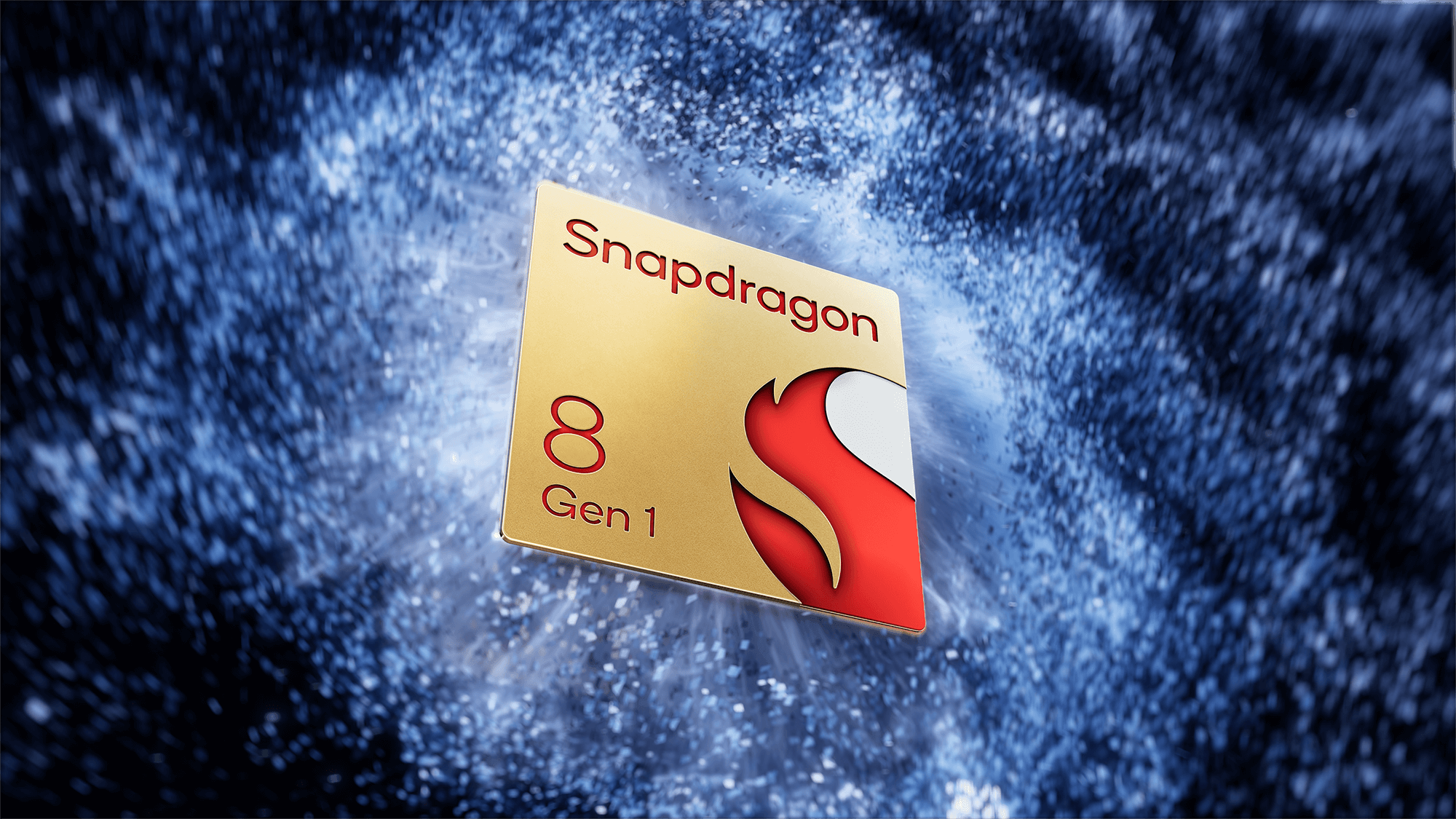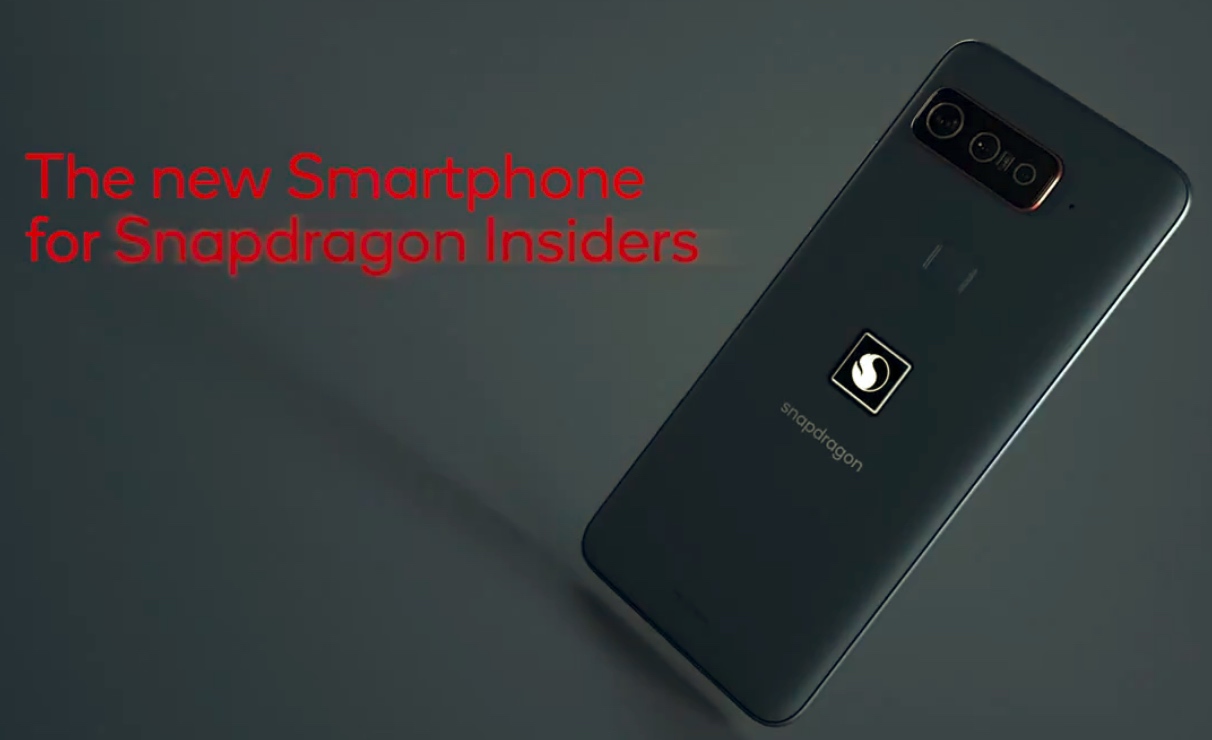
Almost three years after it unveiled its last chipset for wearable platforms, Qualcomm is back with the Wear 3100. The new chip is the successor the Wear 2100 chipset that is found inside all Wear OS smartwatches out there in the market right now.
The highlight of the Wear 3100 chipset is that it is highly power-efficient in nature thanks to the introduction of a dedicated co-processor called QCC1110, a new power management chip designed specifically for wearables, and plenty of other optimizations. With its mobile chips, Qualcomm made use of Big.LITTLE for improved performance and power efficiency. With the Wear 3100, the company is launching an architecture called Big-Small-Tiny. The “Big” part comprises of the quad-core Cortex-A7 processor, while the “Small” part is made up by a DSP. The “Tiny” part is the new QCC1110 co-processor on which Qualcomm has been working for the last three years.
Whenever your Wear OS watch will be in ambient mode, it will only be powered by the QC1110 chip which should translate into massive power savings. It also offers enhanced ambient mode which offers features like support for 16 colors, support for a second hand, and improved brightness.
Due to these improvements, Qualcomm claims Wear 3100 Wear OS smartwatches will consumer 49 percent lower power than existing smartwatches for GPS activities. It will also be 67 percent more power efficient in Low Power mode and consume 13 percent less power for voice queries. Even something as basic as hotword detection consumes 43 percent less power on the Wear 3100 platform.
This will basically ensure that your next-generation Wear OS smartwatch will easily last more than a day of heavy use. The more power efficient chip will also provide developers with more headroom to play around with.
Snapdragon Wear 3100 Platform is designed to help reduce power usage and bring increased flexibility for consumers to experience the benefits of extended battery life. The new platform is designed to help reduce power usage in areas such as low power modes, GPS/location batching, per minute/second clock updates, sensors processing, MP3 playback, and Wi-Fi/Bluetooth voice queries. This results in typical battery life day of use improvements ranging from 4 to 12 hours compared to the previous Snapdragon Wear 2100 platform, depending on display type, battery capacity, and device configurations. The new Personalized Sports Experiences keep GPS and heart rate monitoring on for the duration of the activities and is designed to deliver up to 15 hours battery life (calculated based on typical 450mAh sports watch battery). The Traditional Watch Mode, great for traveling, supports an impressive week-long battery life to the smartwatch by switching to this mode from the Wear OS by Google experience and is designed to allow consumers to enjoy basic watch functions for an extended period.
Interestingly, Qualcomm is still fabricating the Wear 3100 on the 28nm node, unlike its latest Snapdragon 845 chipset which is based on the 10nm node. A lower node usually leads to improved power efficiency. However, Qualcomm says that the passive drain on the 10nm drain is higher than on the 28nm node which is why it decided to stick with the latter.
Qualcomm will be offering its Wear 3100 platform in three variants: one with Bluetooth and Wi-Fi, another with GPS connectivity thrown in, and a third variant will feature LTE connectivity as well. The last variant will also feature high-performance Gallium Arsenide power amplifiers for an even higher power efficiency.
Wear OS smartwatches also suffer from performance issues but with Wear 3100, Qualcomm is addressing their biggest issue first: battery life. Many fashion brands will unveil their Wear 3100 powered smartwatches later this year.
[Via Qualcomm]
















